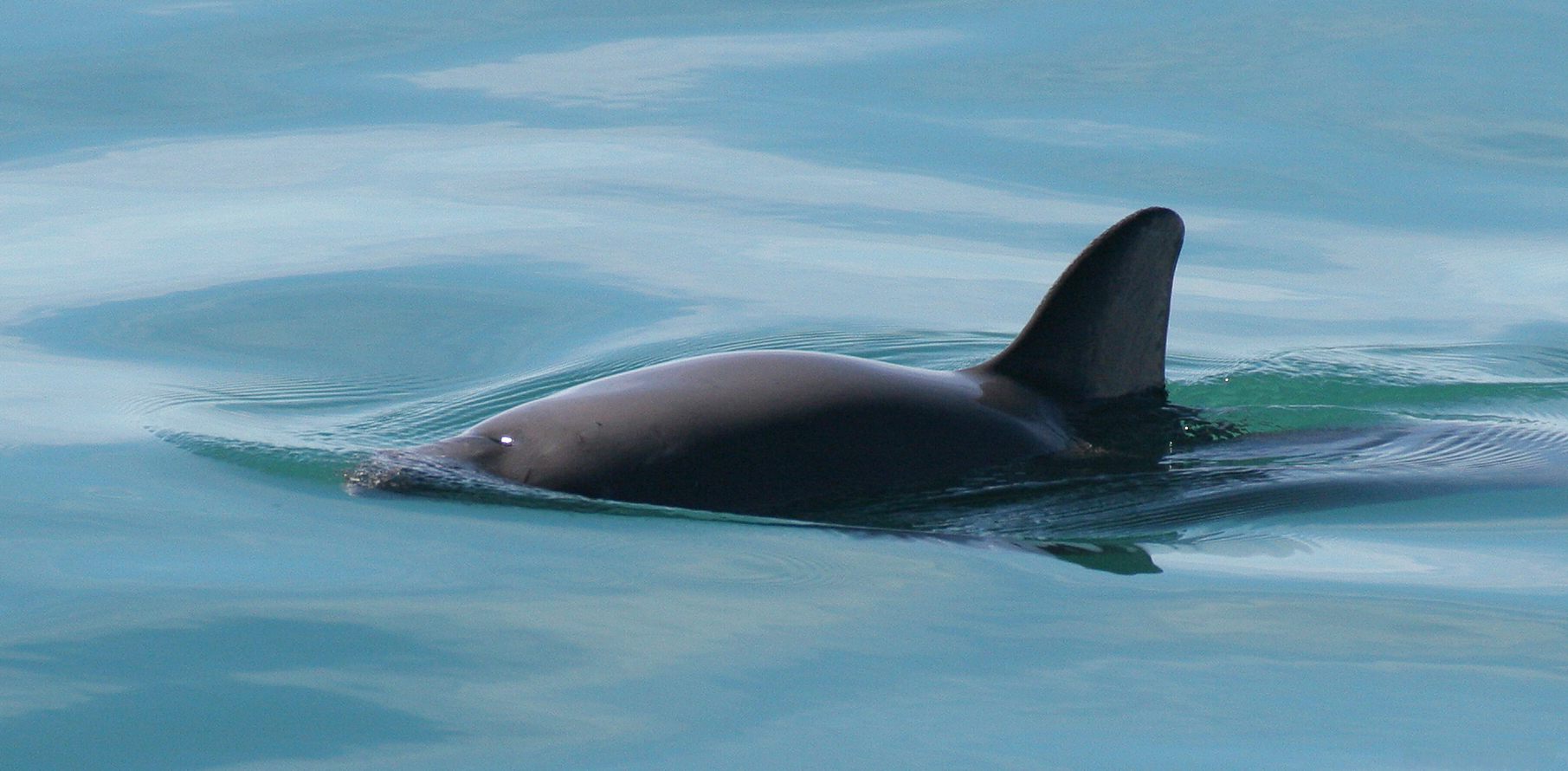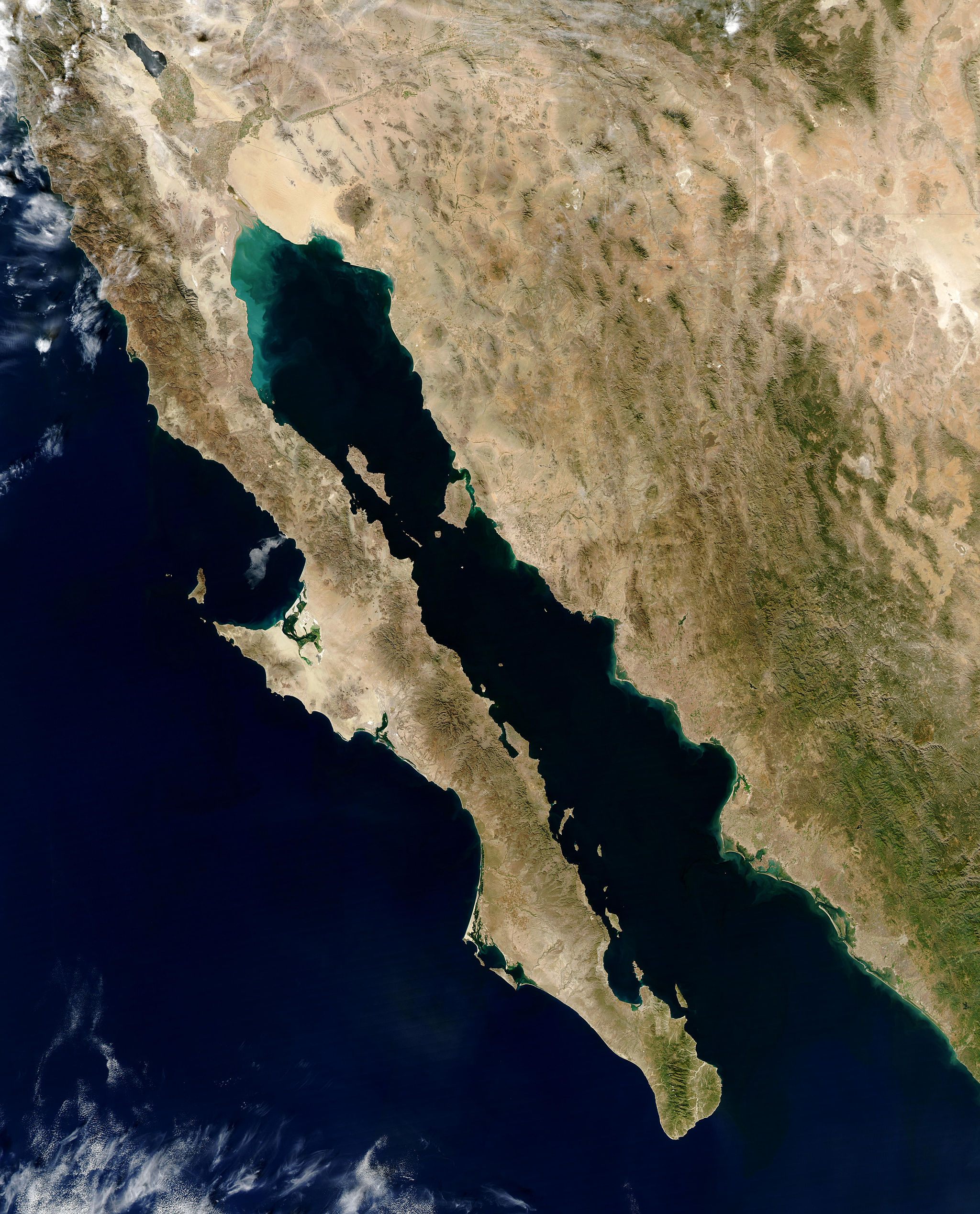China’s Appetite for Smuggled Fish Bladders is Killing Cute Porpoises in Mexico

Desire for the bladders of totoaba fish in China is endangering the few vaquitas left in the Gulf of California. (Photo: Public Domain/WikiCommons)
The smell of fish infuses the air. Seafood stalls pop up from every angle, offering ocean items of every size, shape, texture, and legal status. But here in Hong Kong, the food smuggler’s gateway to China, you’re trying to sniff out one thing in particular: the bladder of the totoaba fish.
Why? Because you’re a Greenpeace undercover investigator, who cares about the fate of the totoaba—and relatedly, of the vaquita, an adorable porpoise that gets stuck in totoaba fishing nets.

You can find totoaba bladders in the shops and alleyways of Hong Kong. (Photo: severin.stalder/WikiCommons CC BY-SA 3.0)
The endangered totoaba, native to Mexico’s Gulf of California, is so popular in China that smugglers risk 20-year jail sentences and $250,000 fines to bring it there. The fish can grow up to seven feet long, weigh 200 pounds, and live to 25 years. Chinese value their yellow plate-sized bladders, which they refer to as “fish maw,” for their high collagen content, thought by some to boost fertility, smooth pregnancy discomforts, improve the skin, and cure joint pain, among other things. The luxury commodity is sometimes a component of business exchanges or purchased as a speculative investment; “cash bladders” are sometimes traded as currency.
In July 2015, Mexican airport officials arrested three Chinese nationals trying to smuggle 247 totoaba bladders, packed into their suitcases with plastic and paper towels. That same month, customs officers in Puerto Rico intercepted over 1,300 pounds of bladders headed from Venezuela to Hong Kong. In May 2013 U.S. Customs and Border Protection officers 130 miles from San Diego find 27 bladders stashed under a car’s floor mats, while in June 2014 a Mexican drug boss was killed over a $1 million bladder shipment.

Fish bladders are not only unappetizing looking, but also illegal. They are often used in soups, like shark fins (also illegal and very expensive). (Photo: SYPHKU M0105/WikiCommons CC BY-SA 4.0)
Demand for such bladders has been around ever since the Chinese discovered these supposed properties in the giant yellow croaker, a similar fish native to China’s southern coast. After machine-powered fishing came into play in the 1940s, the croaker’s population was obliterated; in 2005, a 686-acre national conservation zone was established for the species on the coast of Guangdong.
The totoaba was first discovered by Chinese emigrants in the California Gulf area in the 1920s. By the 1930s and 40s, totoaba harvests were on the rise, with upper Gulf fishermen catching 2,425 tons of the fish in 1945. Harm to their natural habitat due to the construction of the Hoover Dam made things steadily worse, and by 1975, that number had dropped below 100 tons. The Mexican government stepped in to impose a ban, and the totoaba was added to the endangered species list by the Convention on International Trade in Endangered Species of Wild Fauna and Flora, as well as by several other groups.

The Gulf of California is the native (and only) habitat of both the totoaba fish and the vaquita. (Photo: Public Domain/WikiCommons)
Lists and legal matters aside, bladder business is still thriving. In 2011, a single bladder could land $137,000, while certain traders claim to have raked in $645,000. At the very least, a bladder can easily collect well over $10,000. The bladders used to go from Mexico to the U.S. and then to Asia, but more and more are taking a direct route instead. And while Mexico is stepping up its patrols, regulations in Hong Kong remain lax, leaving smugglers unruffled.
Even the Chinese are recognizing that the situation is getting dire. A January 2016 headline on the Chinese website CaixinWang declared “These Fish Are About to be Eaten to Extinction by the Chinese!” The article mentions that Westerners see the Chinese attitude toward endangered species more or less limited to three key questions: “Can you eat it?”; “Is it good to eat?”; and “How is it eaten?”
But back to the vaquita (which means “little cow” in Spanish). Totoabas are endangered, but the vaquita, also known as the Gulf of California harbor porpoise, is facing imminent extinction.

Gillnets like those pictured here are used for illegally catching totoaba, often trapping and killing vaquita in the process. (Photo: Public Domain/WikiCommons)
Vaquitas get caught in the gillnets that fishermen use (illegally) to trap totoabas, and as a result, totoaba fishing (which involves cutting out the bladder and tossing the rest of the body back into the water), leads to more and more vaquita deaths. The species can’t afford to lose any more of the adorably shy porpoises: only 97 are believed to exist in the wild, down from 567 in 1997.
Greenpeace sees a crackdown on the illegal totoaba trade as the only way to save the vaquita. In February and April 2015, its undercover operators on the ground in Hong Kong visited around 70 stores and collected information through interviews, meetings, and social media communication. Hopefully, their efforts will save the vaquita, and in doing so, also help out the totoaba.










Follow us on Twitter to get the latest on the world's hidden wonders.
Like us on Facebook to get the latest on the world's hidden wonders.
Follow us on Twitter Like us on Facebook